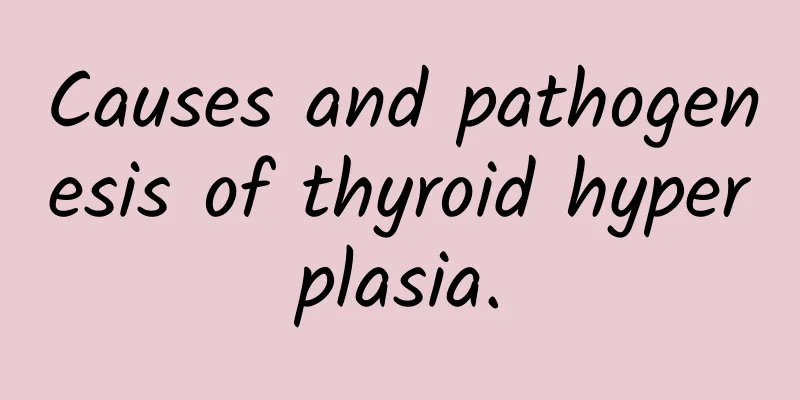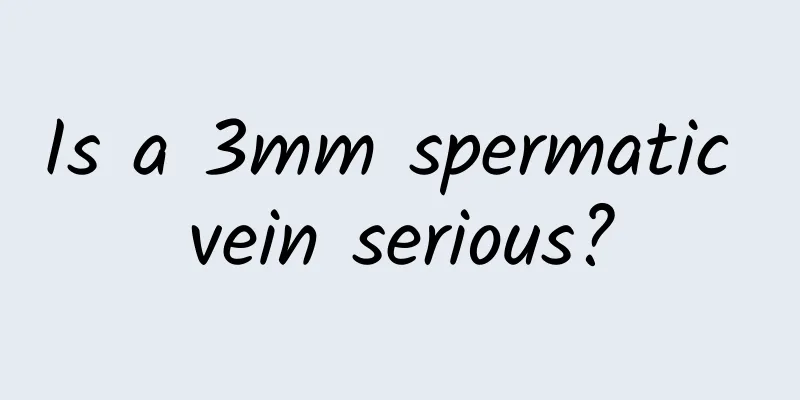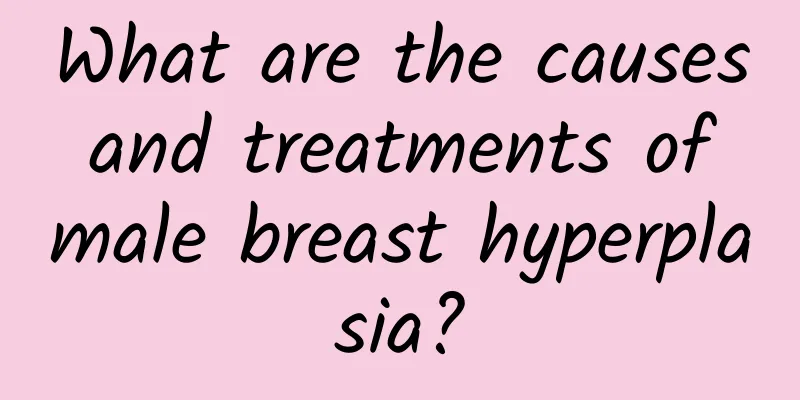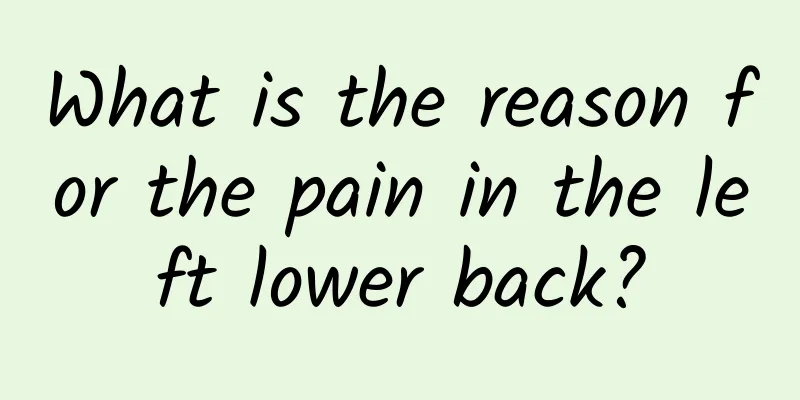Causes and pathogenesis of thyroid hyperplasia.

|
Thyroid hyperplasia is actually non-toxic thyroid hyperplasia, also known as simple thyroid hyperplasia, which is caused by insufficient secretion of thyroid hormone, which leads to increased secretion of TSH and causes thyroid enlargement. It can be divided into two types according to geographical distribution: endemic and sporadic. Let's take a look at it together. Causes and pathogenesis: The main cause of endemic goiter is iodine deficiency. Due to iodine deficiency in drinking water and soil, the body's iodine intake is insufficient, resulting in reduced synthesis of thyroid hormone, mild hypothyroidism, and increased secretion of pituitary TSH through a feedback mechanism, causing hyperplasia of thyroid follicular epithelial cells, resulting in thyroid enlargement. At the same time, the function of iodine absorption is enhanced, which improves the thyroid's ability to synthesize and secrete thyroid hormone, and restores blood thyroid hormone to normal levels. At this time, the proliferating epithelium gradually returns to normal. If iodine deficiency persists for a long time, on the one hand, the follicular epithelium continues to proliferate, and on the other hand, the synthesized thyroid globulin cannot be fully iodinated and cannot be absorbed and utilized by epithelial cells, so it accumulates in the follicles, causing the follicle cavity to expand significantly, thus causing the thyroid to swell further. The body's increased demand for iodine or thyroid hormone (e.g. during adolescence, pregnancy, and lactation) leads to a relative lack of thyroid hormone in the body, which can also cause goiter. In addition, some substances can cause disorders in a certain link of the thyroid hormone synthesis process, which is also an additional factor causing goiter. For example, long-term intake of large amounts of calcium not only affects the absorption of iodine in the intestine, but also increases the calcium ions in the cell membrane of the filtration epithelium, inhibiting the secretion of thyroid hormone. Fluorine, boron, and silicon also have similar effects. Certain foods such as cabbage, kale, and celery contain thiocyanate or organic chlorates, which can hinder the accumulation of iodine in the thyroid gland. Thiourea can affect the conversion of monoiodotyrosine to diiodotyrosine. Sulfonamides can hinder the condensation of tyrosine, etc. harm 1. In the hyperplastic stage, the thyroid gland is diffusely enlarged and has a smooth surface. Under the microscope, the follicular epithelium is hyperplastic and hypertrophic, showing a cubic or columnar shape, maintaining the formation of new follicles, with low collagen content and interstitial congestion. There is no obvious change in thyroid function. This stage can be called diffuse hyperplastic thyroid gland. 2.Colloid accumulation stage: Long-term iodine deficiency causes repeated proliferation and involution of the follicular epithelium. A small number of follicular epithelial cells still show hyperplasia and hypertrophy, maintaining a state of small follicular hyperplasia, but most of the follicles are significantly enlarged, with a large amount of thick colloid, and the epithelial cells are compressed and flattened. The thyroid gland is diffusely enlarged to the naked eye, up to 200-300g (normal 20-40g), with a smooth surface, no nodules, soft texture, and a light brown, translucent, jelly-like cross section. This stage can be called diffuse colloid goiter. 3. Nodular stage: As the course of the disease progresses, irregular nodules are formed due to inconsistent changes in the proliferation and involution of the follicular epithelium in different parts of the thyroid gland. Microscopically, it is basically the same as the previous stage, except that some follicles are over-enlarged, with a diameter of more than 300-400 μm, making the size of the follicles more different. Some places also have follicular epithelial hyperplasia, and some hyperplasia is papillary, which may become cancerous. Macroscopically, the thyroid gland is more enlarged, with many nodules of varying numbers and sizes. The larger ones can reach several centimeters in diameter. The nodules have clear boundaries, but no capsule or incomplete capsule, which is significantly different from adenoma. Hemorrhagic necrosis and cystic changes often occur, and the hemorrhagic and necrotic foci can be organized to lead to fibrosis. |
<<: How much do you know about vascular edema?
>>: What are the complications after thyroid surgery? How to deal with them?
Recommend
Does circumcision hurt?
Prepuce is a common male genital disease, which c...
What to do if the urethra is a little swollen? Chinese medicine treatment is effective
Medical research has found that urethritis, uroge...
What causes dull pain on both sides of the lower abdomen in men?
In our subjective world, we always think that men...
Can sperm live for a week? Don’t misunderstand sperm survival time!
Although sperm is a substance discharged from the...
Improve sleep and relieve fatigue, drinking deer antler wine regularly has many benefits
The deer antler wine that we usually see in life ...
Men need to know about baldness
Love, regardless of age, gender, or race, is rela...
What are the functions of nitrogen pump
People generally don't know much about nitrog...
Men's Skin Care Trilogy
In today's society, skin care and beauty are ...
What is the cause of prostatic fluid leakage?
Some men will find that they have prostatic fluid...
Is it normal for men to have foam in their urine?
Urine is the body's excretion, and to a certa...
What to do when your boyfriend says he's tired
Many men and women tend to be willful when they a...
Is it good for men to abstain from sex? Do you know these?
Normal men have sexual desires, but many men thin...
Premature ejaculation diagnosis and treatment
If you want to effectively treat and solve the pr...
Benefits of testicle slapping
Patting is actually to gently pat the surface of ...
What is the reason for low sperm survival rate?
Sperm survival rate is an important factor leadin...









